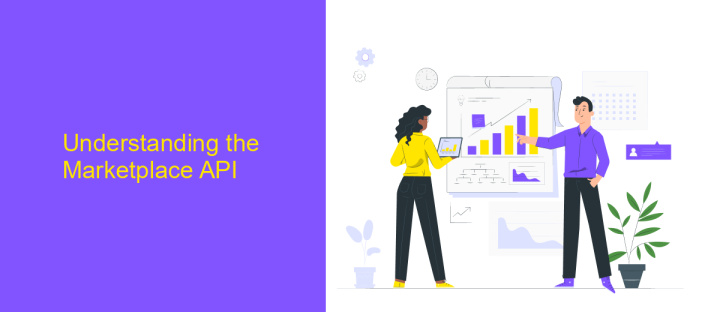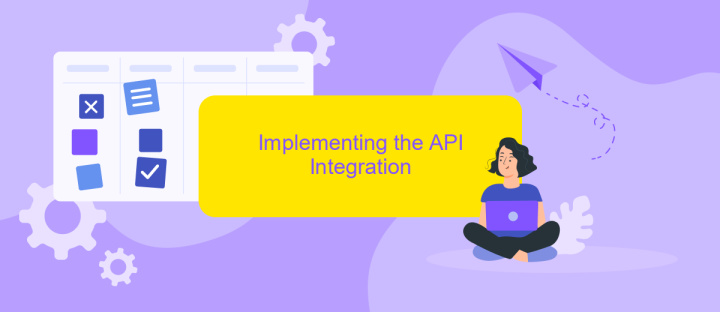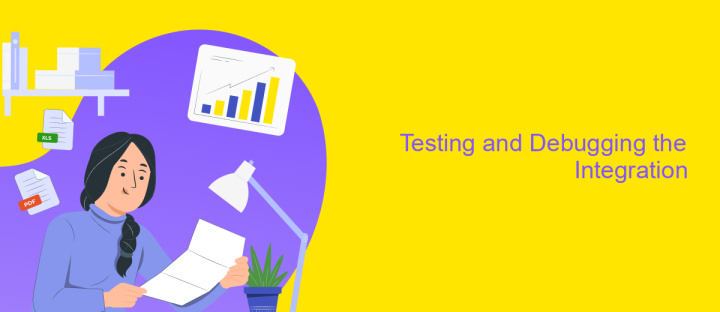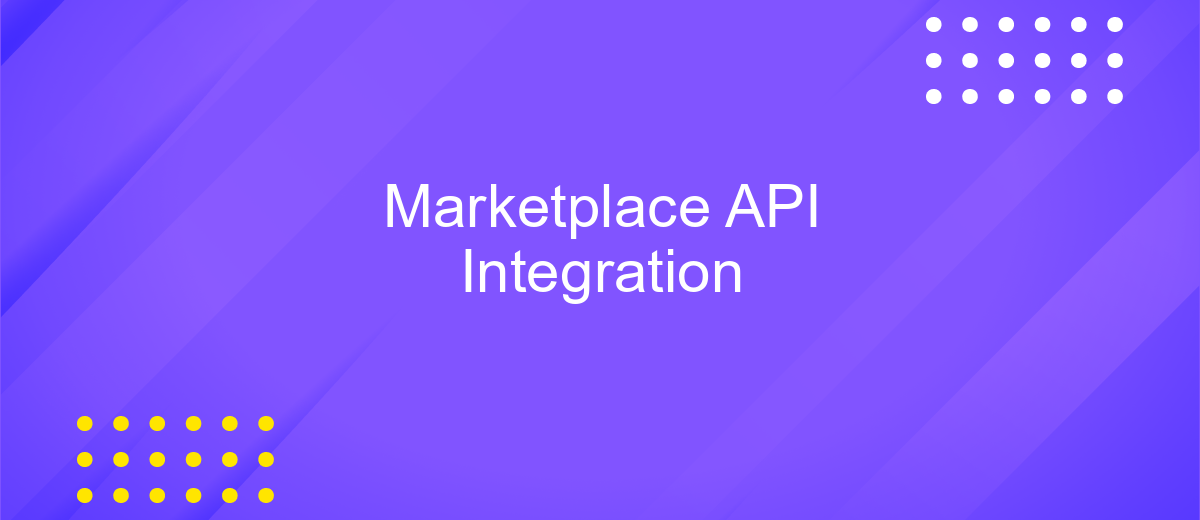Marketplace API Integration
Integrating a Marketplace API can significantly enhance your business's digital capabilities by streamlining operations and expanding your reach. This process allows you to seamlessly connect with various online platforms, enabling efficient product listing, inventory management, and order processing. In this article, we will explore the benefits of Marketplace API integration, provide insights into best practices, and guide you through the steps to successfully implement this powerful tool.
Introduction to Marketplace API Integration
Marketplace API integration is a crucial component for businesses looking to expand their reach and streamline operations in the digital marketplace. By connecting with various online platforms, companies can automate processes, enhance customer experiences, and access a broader audience. Understanding the fundamentals of API integration is essential for leveraging these benefits effectively.
- Seamless connectivity between different platforms
- Automated data synchronization and management
- Enhanced customer experience through personalized services
- Improved operational efficiency and scalability
- Access to real-time data and analytics for informed decision-making
Implementing Marketplace API integration requires a strategic approach, considering factors such as platform compatibility, security protocols, and scalability. Businesses must assess their specific needs and choose the right API solutions to meet their objectives. With the right integration, companies can optimize their e-commerce strategies, reduce manual workloads, and ultimately drive growth in a competitive market.
Understanding the Marketplace API

The Marketplace API serves as a crucial bridge between different e-commerce platforms and third-party applications, enabling seamless data exchange and enhanced functionality. By understanding the Marketplace API, businesses can automate processes such as inventory management, order processing, and customer relationship management, thereby improving operational efficiency. The API facilitates real-time data synchronization, ensuring that all platforms reflect the most current information, which is vital for maintaining accurate stock levels and timely order fulfillment.
Integrating with a Marketplace API can be complex, but services like ApiX-Drive simplify this process. ApiX-Drive offers a user-friendly interface that allows businesses to connect their applications without extensive coding knowledge. By leveraging such tools, companies can quickly set up and manage their integrations, reducing the time and resources required for implementation. This streamlined approach not only accelerates the integration process but also minimizes potential errors, ensuring a smooth and reliable connection between systems. Ultimately, understanding and utilizing the Marketplace API effectively can lead to significant competitive advantages in the digital marketplace.
Implementing the API Integration

Integrating a Marketplace API requires a strategic approach to ensure seamless connectivity and functionality. Understanding the API documentation is the first step, as it provides essential information about endpoints, authentication, and data formats. Proper planning and a structured development process can significantly enhance the integration experience.
- Analyze API Documentation: Thoroughly review the API documentation to understand its capabilities, limitations, and requirements.
- Set Up Authentication: Implement the necessary authentication mechanisms, such as OAuth or API keys, to secure data transactions.
- Develop and Test: Write code to interact with the API, ensuring to handle responses and errors effectively. Conduct thorough testing to validate integration.
- Monitor and Optimize: Continuously monitor the API usage and performance, optimizing as necessary to maintain efficiency and reliability.
The successful implementation of a Marketplace API integration hinges on careful planning and execution. By following a structured approach and focusing on key elements such as documentation, authentication, and testing, businesses can leverage API capabilities to enhance their marketplace operations. Continuous monitoring and optimization ensure that the integration remains efficient and adaptable to changing business needs.
Testing and Debugging the Integration

Testing and debugging your Marketplace API integration is a crucial step to ensure seamless operation and functionality. Begin by establishing a controlled test environment that mirrors your production setup. This allows you to safely simulate various scenarios without impacting real users or data. Utilize sandbox environments provided by the marketplace, if available, to experiment and refine your integration.
Conduct comprehensive testing by sending a variety of requests to the API. Validate the responses to ensure they are accurate and meet your expectations. Pay special attention to edge cases and error handling. Implement logging to capture and analyze any unexpected behavior or errors that may occur during testing.
- Verify authentication and authorization processes.
- Test all API endpoints for expected responses.
- Check data consistency and integrity.
- Simulate network failures and retry logic.
- Analyze logs for error patterns and anomalies.
After thorough testing, proceed to debugging any issues identified. Use the logs to pinpoint the source of errors, and implement fixes iteratively. Regularly update your integration to accommodate API changes or new features. Continuous monitoring post-deployment is essential to quickly address any emerging issues, ensuring a robust and reliable integration.
Deploying and Maintaining the Integration
Deploying a marketplace API integration involves several crucial steps to ensure a seamless connection between your application and the marketplace platform. Initially, it is essential to thoroughly test the integration in a staging environment to identify and resolve any potential issues. Once testing is complete, deploy the integration to the production environment, ensuring minimal disruption to existing operations. Utilize version control systems to manage and track changes, facilitating easier updates and maintenance. Additionally, establish robust monitoring and logging mechanisms to promptly detect and address any anomalies or performance issues post-deployment.
Maintaining the integration requires regular updates and optimizations to adapt to evolving marketplace APIs and business needs. Services like ApiX-Drive can simplify this process by offering automated workflows and seamless data synchronization between platforms. Ensure continuous monitoring to preemptively identify issues and maintain smooth operations. Regularly review and update API documentation and authentication credentials to enhance security and compliance. Engage in periodic performance audits to optimize the integration's efficiency and scalability, ensuring it meets the growing demands of your business and the marketplace ecosystem.
FAQ
What is Marketplace API Integration?
How can Marketplace API Integration benefit my business?
What are the common challenges in Marketplace API Integration?
How can I automate Marketplace API Integration without extensive coding?
What should I consider when choosing a Marketplace API Integration tool?
Time is the most valuable resource for business today. Almost half of it is wasted on routine tasks. Your employees are constantly forced to perform monotonous tasks that are difficult to classify as important and specialized. You can leave everything as it is by hiring additional employees, or you can automate most of the business processes using the ApiX-Drive online connector to get rid of unnecessary time and money expenses once and for all. The choice is yours!

